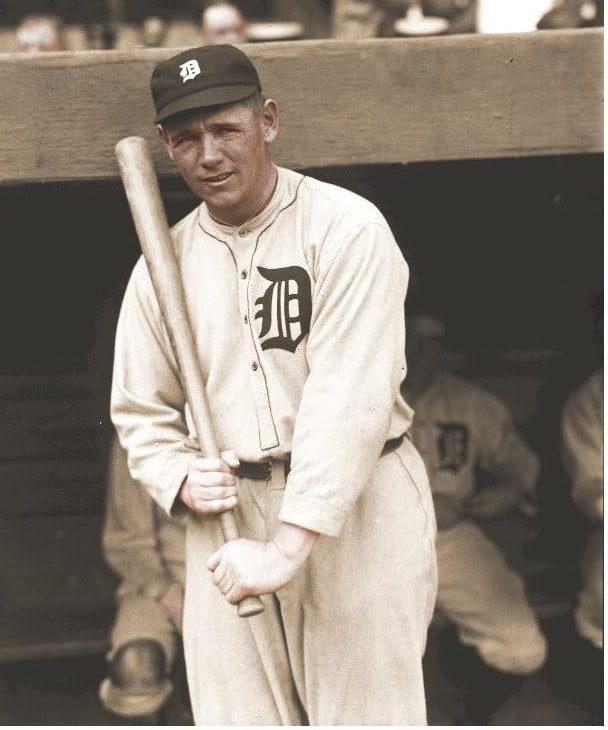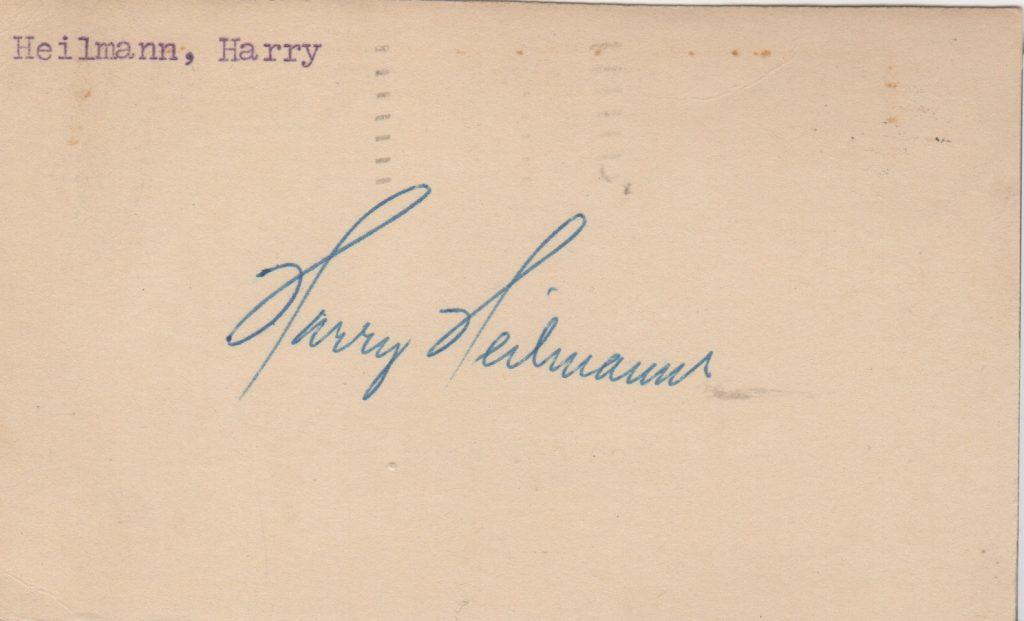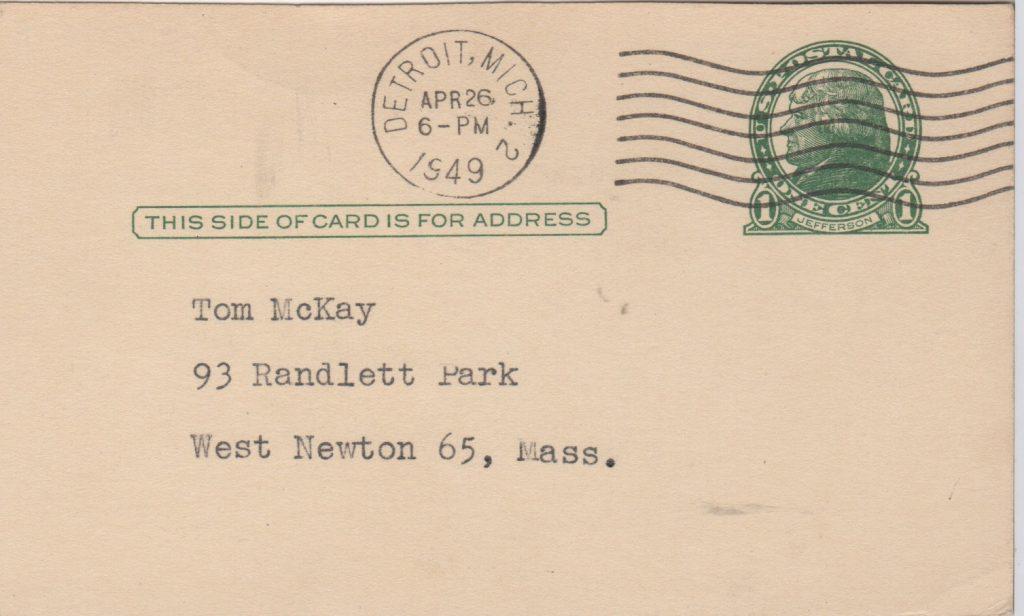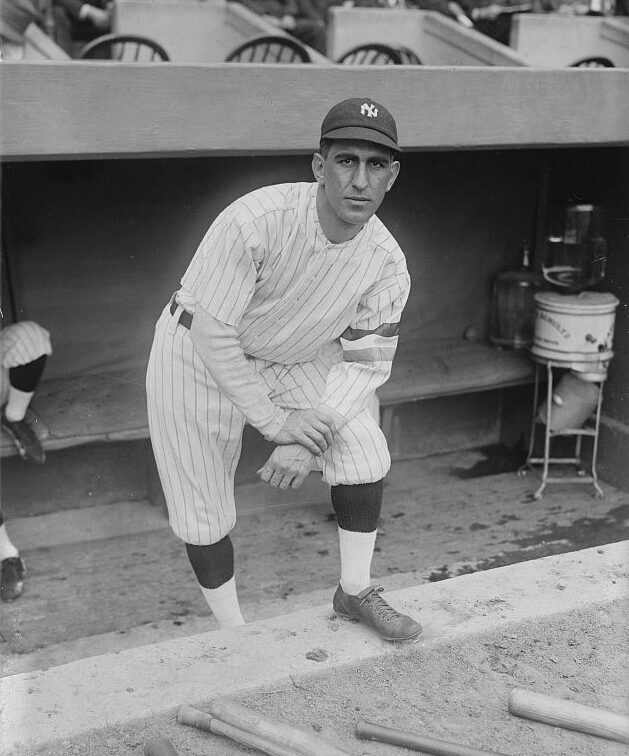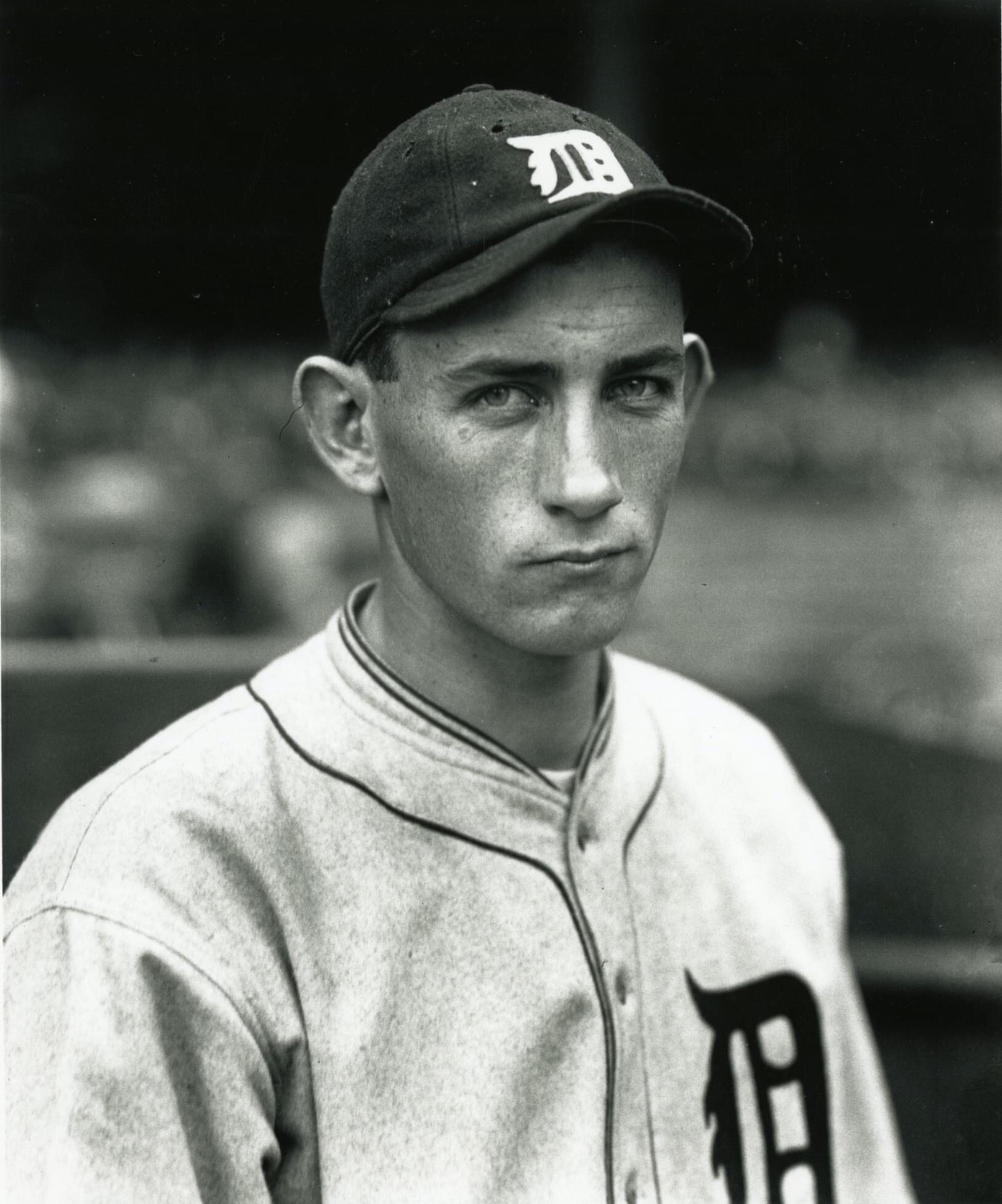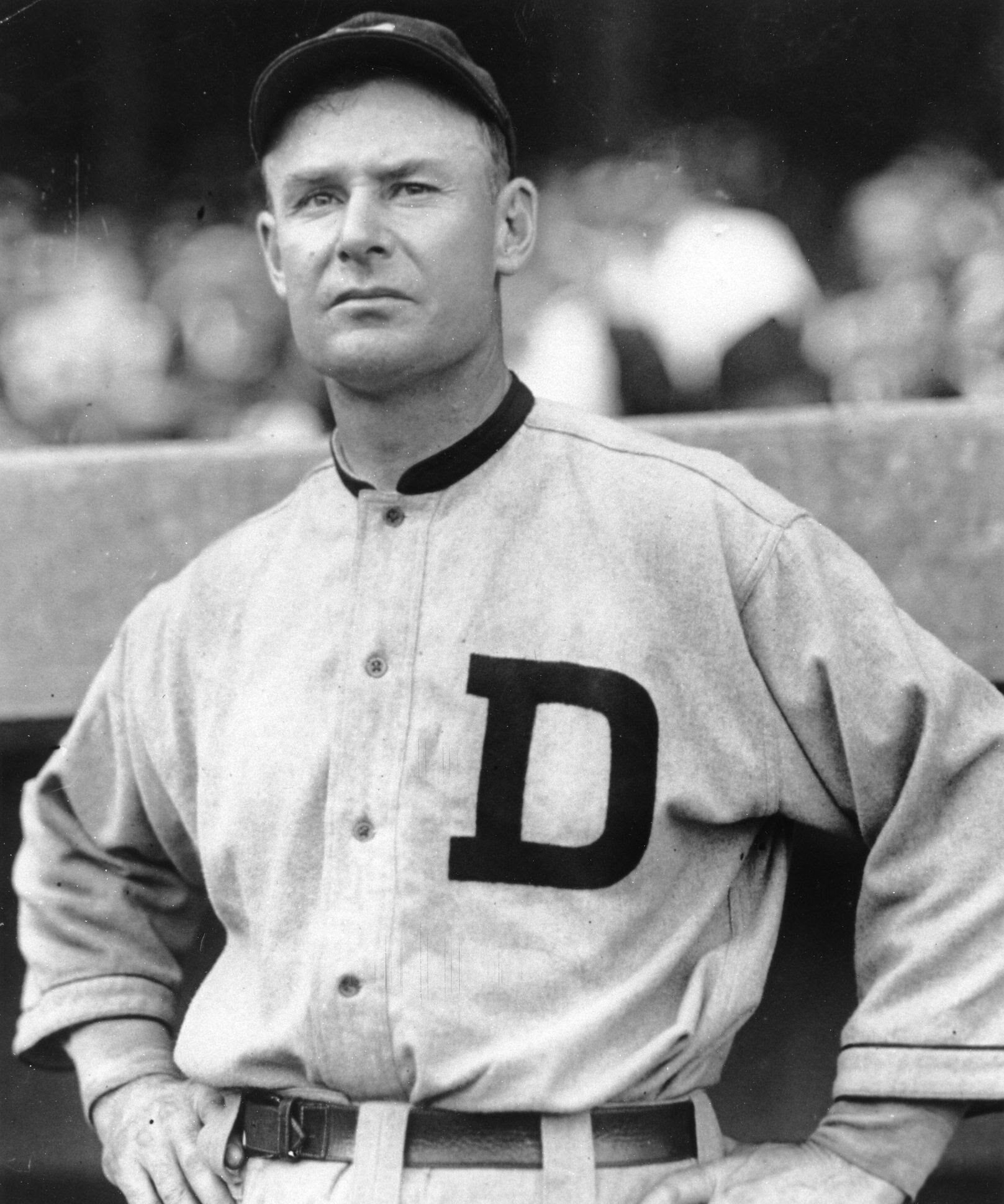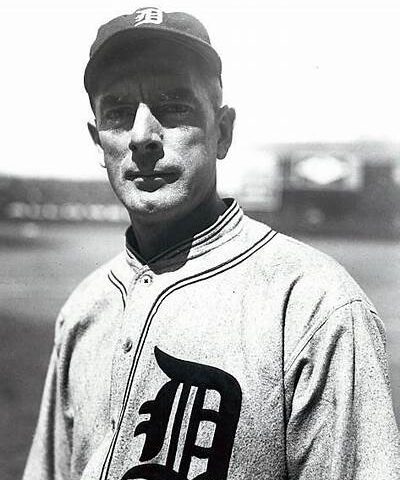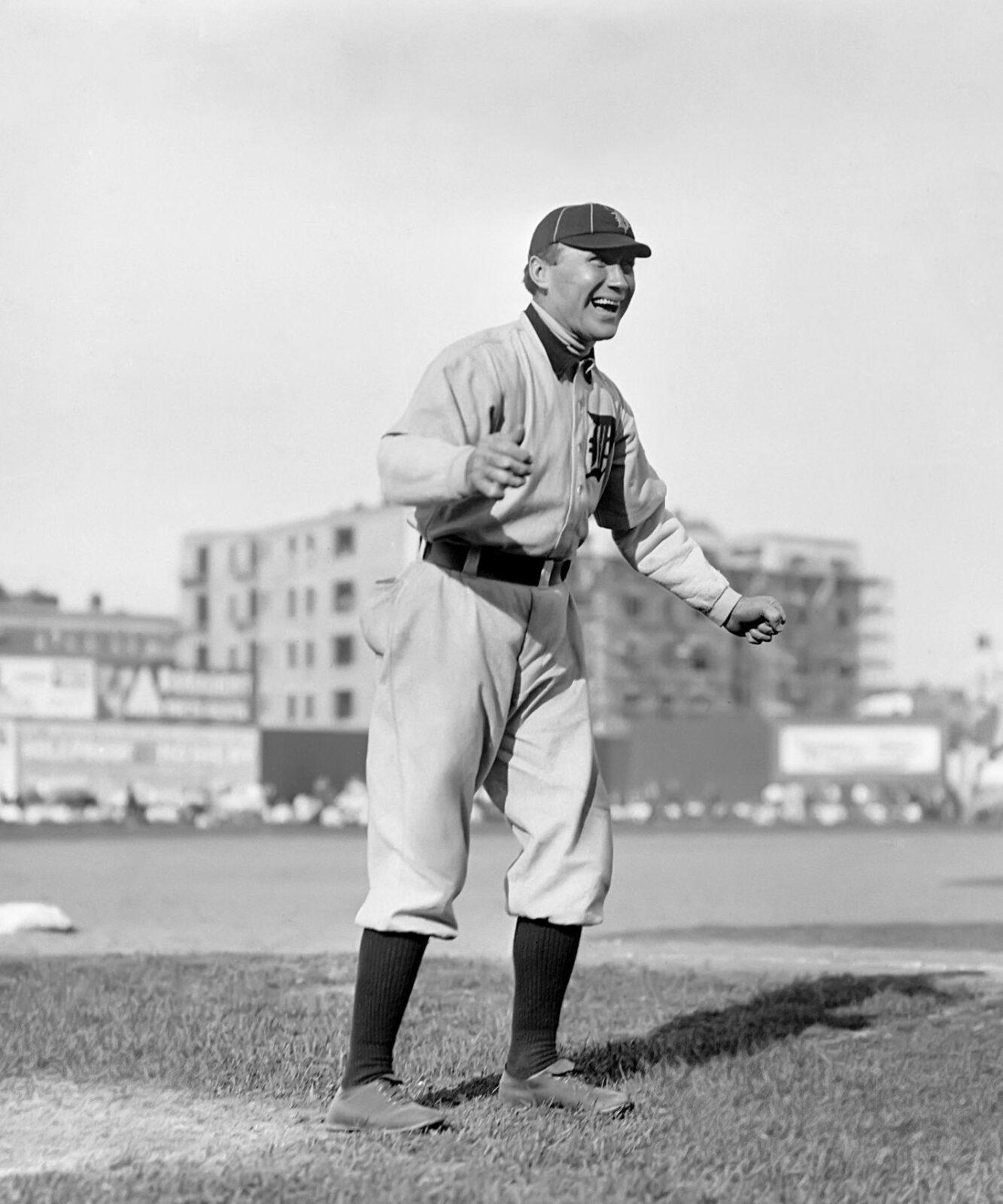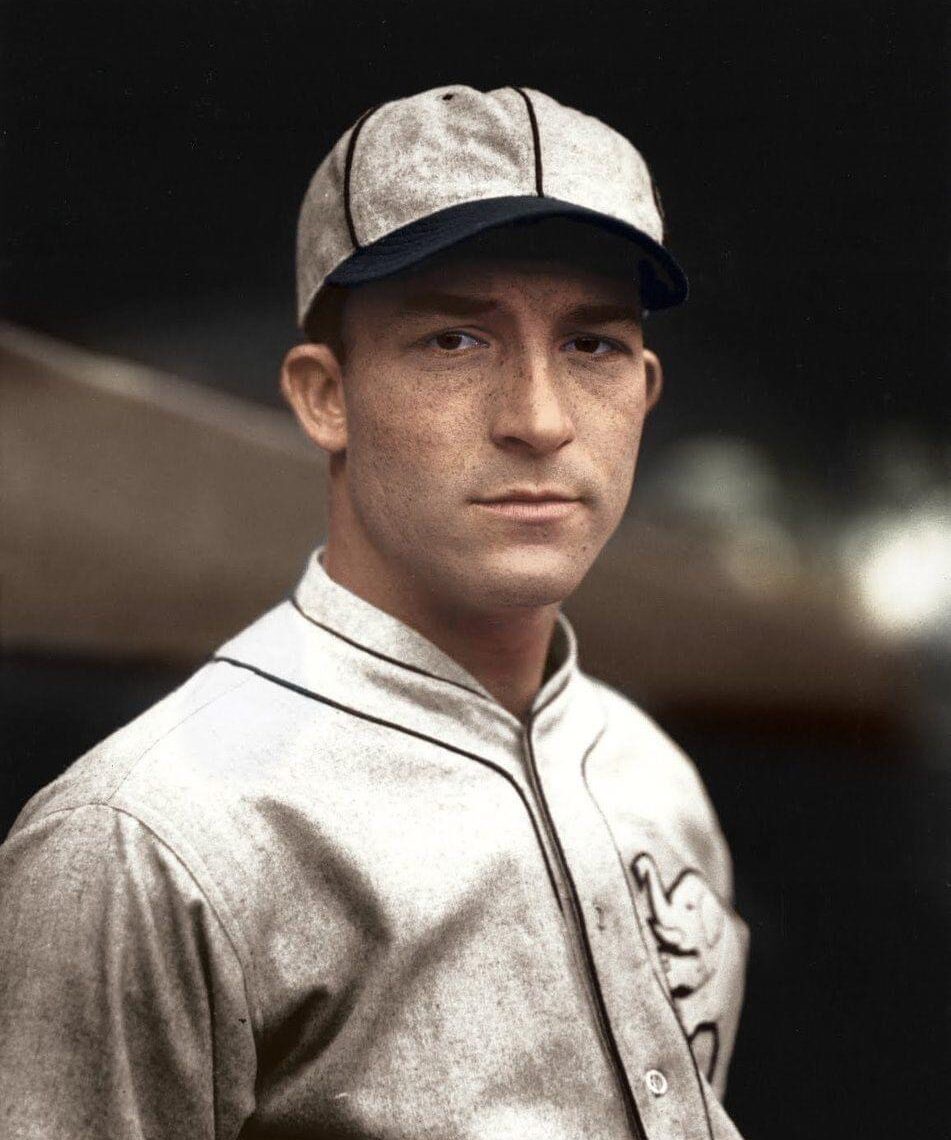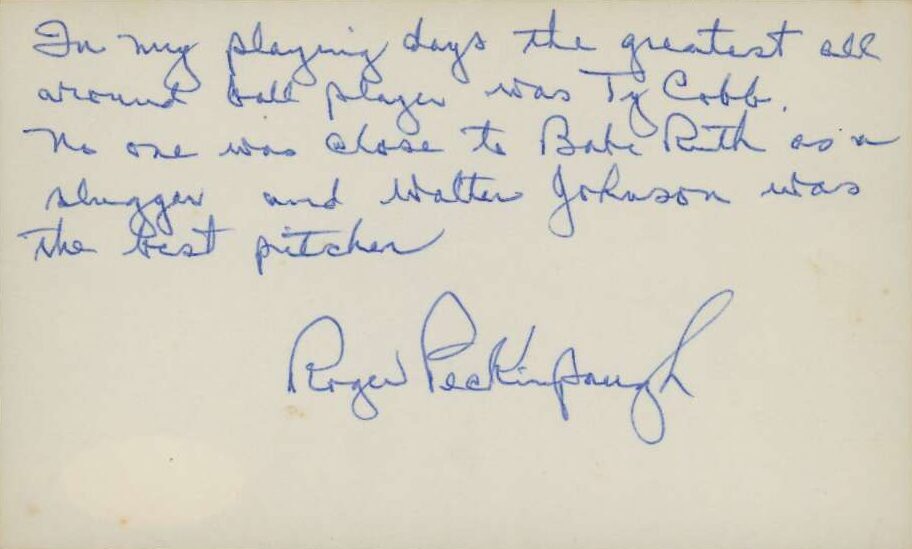
In the old days of baseball the Most Valuable Player almost always came from the pennant-winning club. The thought at the time was that a player’s value was best measured by team performance.
A fine example of this is Roger Peckinpaugh’s selection as the 1925 AL MVP. The shortstop’s Senators finished 8 1/2 games over the second-place Philadelphia Athletics. Peckinpaugh played in 126 games and hit .294 with 124 hits and 64 runs batted in. His 160 total bases and .746 OPS are rather pedestrian, especially in the high-offense era.
Despite the middling performance as measured as by statistics, Peckinpaugh was voted the league’s MVP.
Today’s voters likely would’ve selected Harry Heilmann. Statistically, he was the league’s best player. The Tigers right fielder claimed the batting crown with a gaudy .393 average. He also topped the AL in runs batted in and WAR. Heilmann finished in the top 5 among AL hitters in on-base percentage, slugging percentage, hits, doubles, and total bases.
Heilman had a fine career. He received votes in MVP balloting in 7 straight seasons from 1922-1928. The period included four finishes in the top 5. Heilmann finished his career with a .342 average and a .410 on-base percentage. Eight seasons with triple-digit RBI totals pushed his career total to 1,540 runs batted in.
Hall of Fame voters recognized Heilmann’s greatness by inducting him into Cooperstown in 1952.
Shown here are Peckinpaugh’s thoughts of baseball’s best performers. He writes, “In my playing days, the greatest all around ball player was Ty Cobb. No one was close to Babe Ruth as a slugger and Walter Johnson was the best pitcher.” Peckinpaugh played 17 years in the American League, all with Ty Cobb as an opponent. Both Ruth and Johnson were teammates of Peckinpaugh.
Peckinpaugh adds his signature at the bottom.
